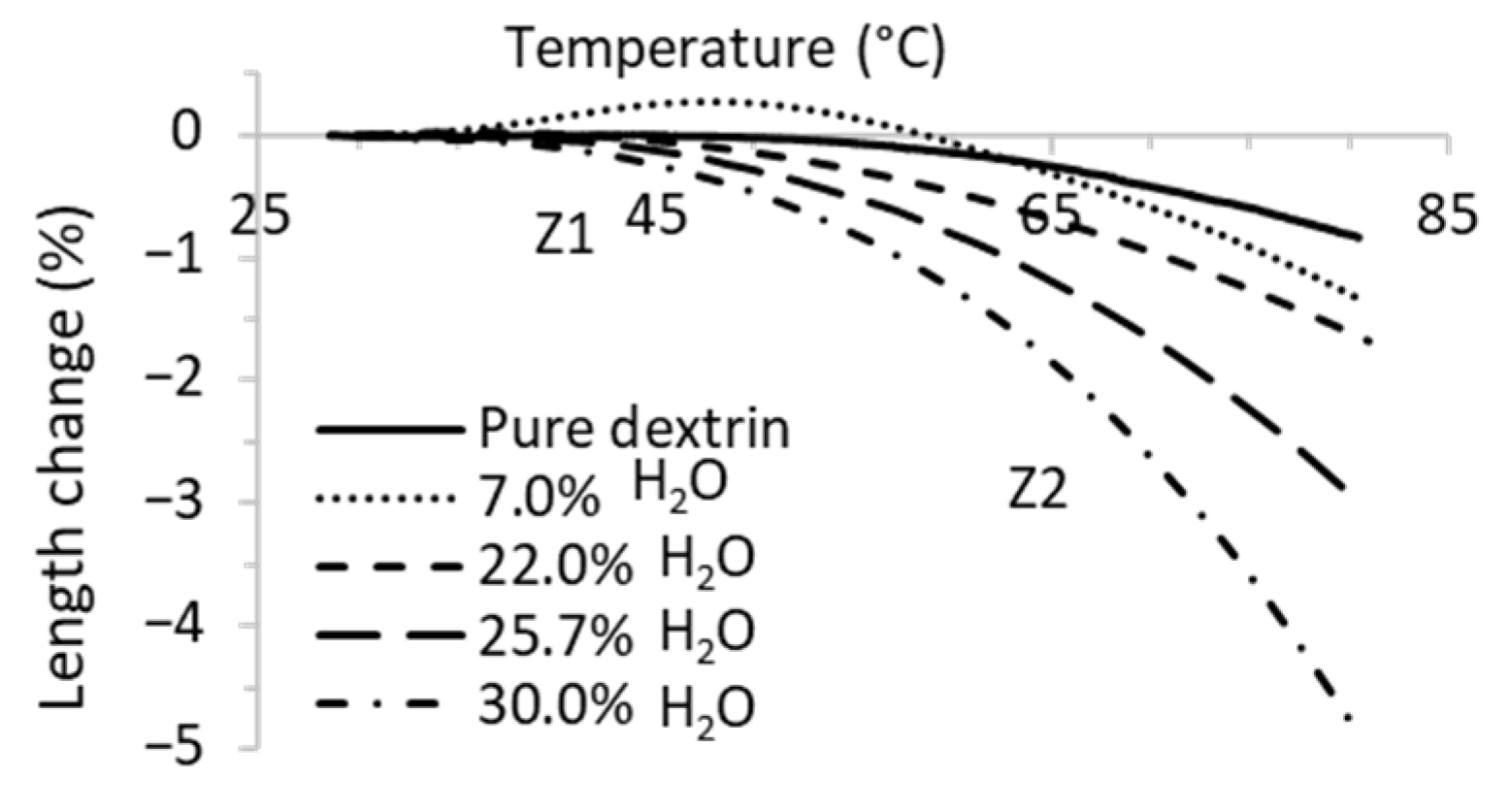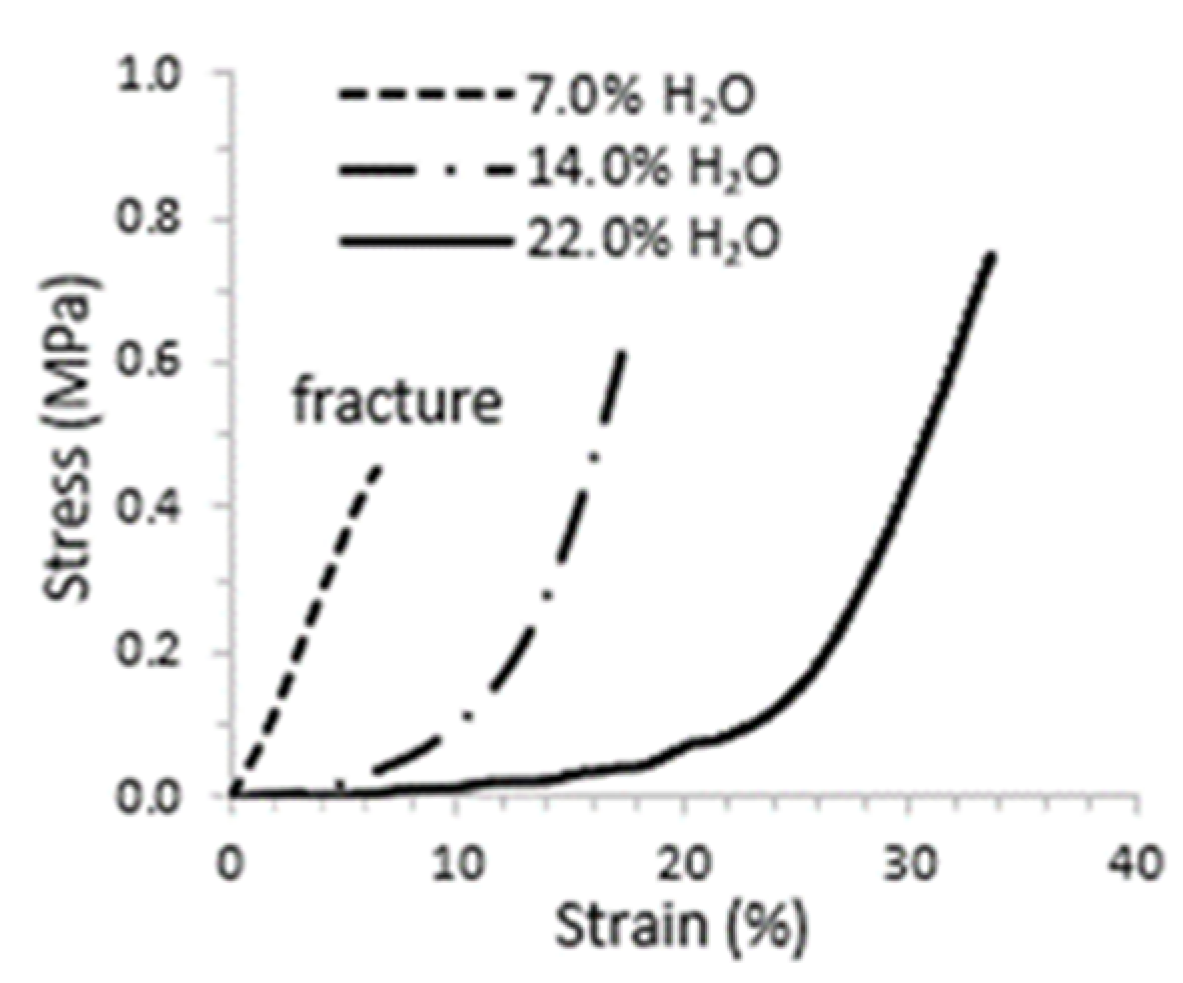Dimensional Variations in Drying of Composite Components for Abrasive Wheels †
Author Contributions
Funding
Conflicts of Interest
Reference
- Capela, P.; Carvalho, S.F.; Guedes, A.; Pereira, M.; Carvalho, L.; Correia, J.; Soares, D.; Gomes, J.R. Effect of sintering temperature on mechanical and wear behavior of a ceramic composite. Tribol. Int. 2018, 120, 502–509. [Google Scholar] [CrossRef]


Publisher’s Note: MDPI stays neutral with regard to jurisdictional claims in published maps and institutional affiliations. |
© 2022 by the authors. Licensee MDPI, Basel, Switzerland. This article is an open access article distributed under the terms and conditions of the Creative Commons Attribution (CC BY) license (https://creativecommons.org/licenses/by/4.0/).
Share and Cite
da Costa, S.M.; Capela, P.; Pereira, M.; Ribeiro, J.; Soares, D. Dimensional Variations in Drying of Composite Components for Abrasive Wheels. Mater. Proc. 2022, 8, 137. https://doi.org/10.3390/materproc2022008137
da Costa SM, Capela P, Pereira M, Ribeiro J, Soares D. Dimensional Variations in Drying of Composite Components for Abrasive Wheels. Materials Proceedings. 2022; 8(1):137. https://doi.org/10.3390/materproc2022008137
Chicago/Turabian Styleda Costa, Sharlane Maria, Paulina Capela, Mário Pereira, João Ribeiro, and Delfim Soares. 2022. "Dimensional Variations in Drying of Composite Components for Abrasive Wheels" Materials Proceedings 8, no. 1: 137. https://doi.org/10.3390/materproc2022008137
APA Styleda Costa, S. M., Capela, P., Pereira, M., Ribeiro, J., & Soares, D. (2022). Dimensional Variations in Drying of Composite Components for Abrasive Wheels. Materials Proceedings, 8(1), 137. https://doi.org/10.3390/materproc2022008137






